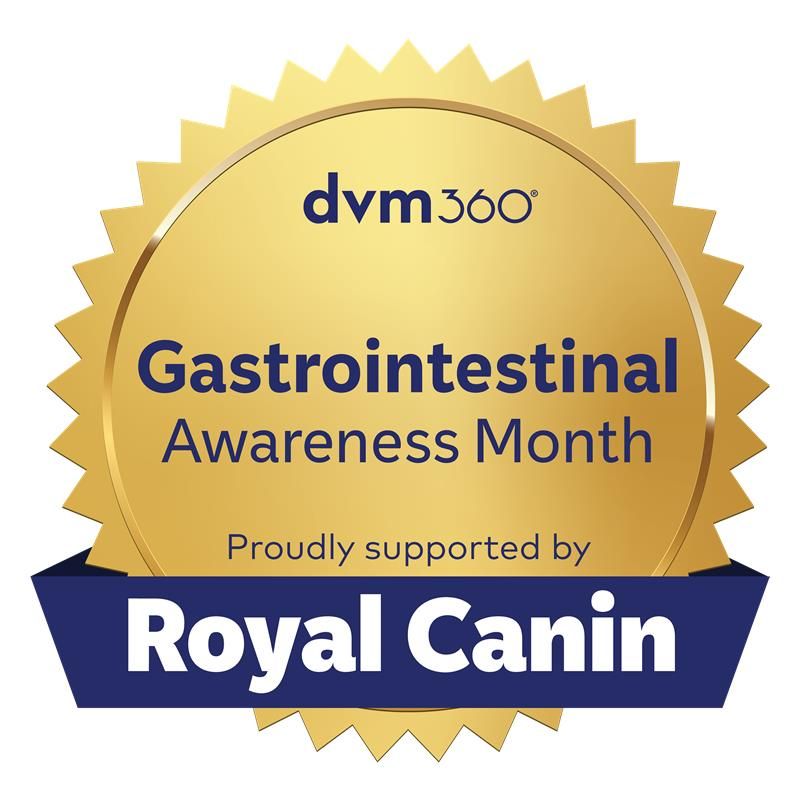A common GI surgery mistake that can lead to intestinal leakage
Galina Hayes, BVSc, DVSc, PhD, DACVECC, DACVS, explains how tight sutures might do more harm than good, in this interview with dvm360.
In this interview on a session she presented at the 2025 New York Vet Show, Galina Hayes, BVSc, DVSc, PhD, DACVECC, DACVS, an associate professor at Cornell University in Ithaca, New York, discusses the most common error veterinarians make during intestinal surgery: using tight sutures with heavy gauge material. She explains why this is a common mistake, and what veterinarians can do to prevent this error.
The following is a transcript of the video, which has been lightly edited for clarity and cohesion.
Galina Hayes, BVSc, DVSc, PhD, DACVECC, DACVS: Probably the most understandable is the fear of leakage, either at the enterotomy site or at the anastomosis site. We know that the risk window for leakage kind of peaks at 3 to 5 days post-closure. I think, intuitively, as surgeons, we really worry that something we’re going to do clinically might predispose to that leakage. The natural instinct, then, is to make our sutures very tight and very close together, and maybe to use a heavier gauge suture material—all in an attempt to give a really tight feel.
Now, while intuitively that all might seem like a good idea, we have to remember this isn’t a mechanical system but rather a biological system. The healing that occurs really relies heavily on blood flow. By using lots of tight sutures that are close together, we interfere with that blood flow inadvertently, more than we intended to.
I think a lot of times, that anxiety to prevent a leak is actually what leads us to make the errors that cause the leak. So, remembering to keep those sutures to a tension that is just appositional—no more than that—using a light suture material, such as 4-0 monofilament, a taper point needle, and keeping our suture spacing reasonably generous—about 4 millimeters apart—to avoid that dreaded suture toxicity.
